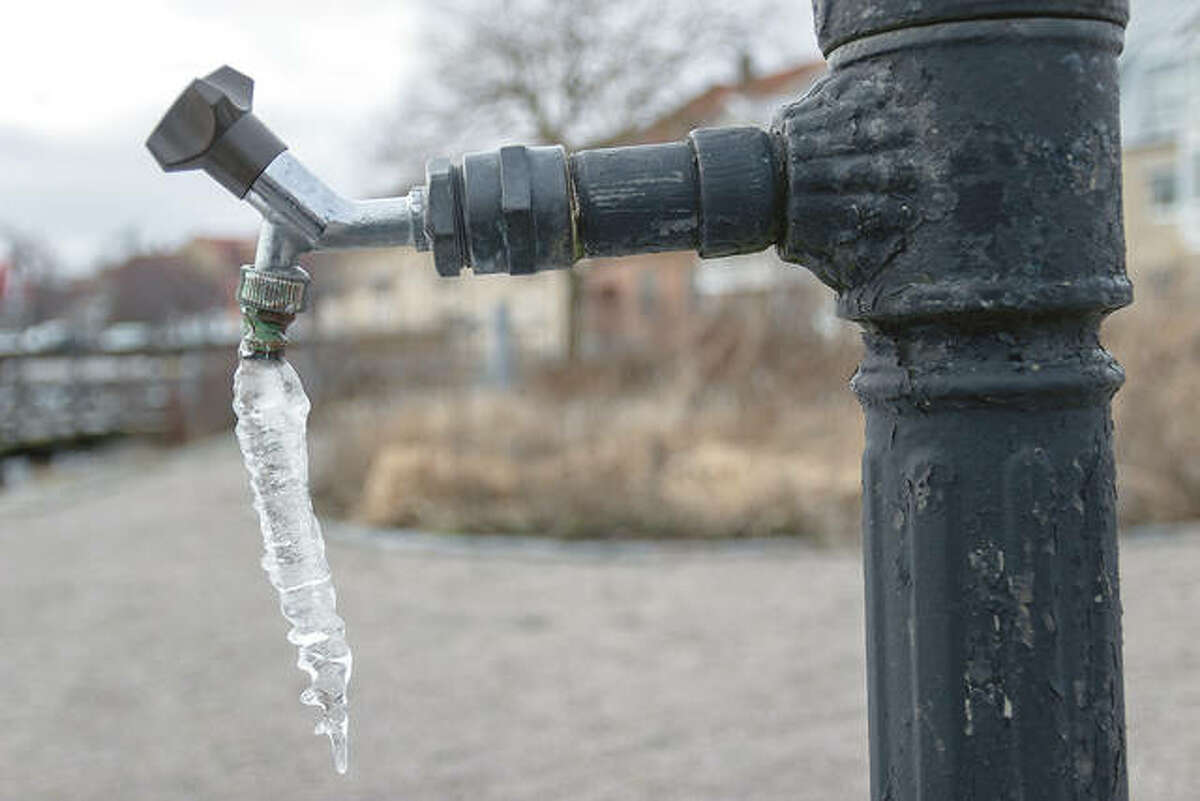Are you looking for info concerning Winter Plumbing Precautions: Preventing Frozen Pipes?

Cold weather can wreak havoc on your plumbing, specifically by freezing pipes. Right here's exactly how to stop it from occurring and what to do if it does.
Introduction
As temperature levels decline, the threat of icy pipes increases, possibly bring about expensive repair services and water damages. Understanding how to prevent icy pipelines is important for homeowners in chilly environments.
Prevention Tips
Protecting vulnerable pipelines
Wrap pipelines in insulation sleeves or use heat tape to secure them from freezing temperature levels. Focus on pipelines in unheated or exterior locations of the home.
Heating strategies
Keep indoor spaces adequately heated, particularly areas with pipes. Open up cabinet doors to permit cozy air to flow around pipes under sinks.
How to identify icy pipes
Look for decreased water flow from taps, unusual smells or noises from pipes, and visible frost on exposed pipelines.
Long-Term Solutions
Structural adjustments
Take into consideration rerouting pipes away from outside walls or unheated locations. Add extra insulation to attic rooms, basements, and crawl spaces.
Upgrading insulation
Purchase high-quality insulation for pipes, attic rooms, and wall surfaces. Appropriate insulation assists preserve regular temperatures and decreases the threat of frozen pipes.
Safeguarding Outside Plumbing
Garden tubes and outdoor taps
Detach and drain pipes yard pipes before winter season. Set up frost-proof faucets or cover exterior faucets with shielded caps.
Recognizing Frozen Pipes
What causes pipes to freeze?
Pipelines freeze when subjected to temperatures below 32 ° F (0 ° C) for expanded durations. As water inside the pipelines freezes, it increases, taxing the pipe walls and possibly triggering them to break.
Risks and damages
Frozen pipes can lead to supply of water disruptions, residential property damage, and pricey repair work. Burst pipes can flood homes and create considerable architectural damages.
Indicators of Frozen Piping
Determining frozen pipes early can stop them from rupturing.
What to Do If Your Pipes Freeze
Immediate actions to take
If you suspect icy pipelines, maintain taps open up to soothe stress as the ice thaws. Use a hairdryer or towels taken in hot water to thaw pipelines gradually.
Final thought
Stopping frozen pipelines calls for proactive procedures and quick responses. By comprehending the causes, signs, and preventive measures, house owners can shield their plumbing during cold weather.
6 Proven Ways to Prevent Frozen Pipes and Protect Your Home
Disconnect and Drain Garden Hoses
Before winter arrives, start by disconnecting your garden hoses and draining any remaining water. Close the shut-off valves that supply outdoor hose bibs and leave the outdoor faucet open to allow any residual water to drain. For extra protection, consider using faucet covers throughout the colder months. It’s also important to drain water from any sprinkler supply lines following the manufacturer’s directions.
Insulate Exposed Pipes
Insulating your pipes is an effective way to prevent freezing. Pipe insulation is readily available at home improvement stores and is relatively inexpensive. Pay close attention to pipes in unheated areas such as the attic, basement, crawl spaces, or garage. Apply foam insulation generously to create a buffer against the cold. You can also wrap your pipes in heat tape or thermostat-controlled heat cables for added warmth.
Seal Air Leaks
Inspect your home for any cracks or openings that could let in cold air. Seal any holes around the piping in interior or exterior walls, as well as the sill plates where your home rests on its foundation. Additionally, make sure to keep your garage door closed unless you’re entering or exiting. Leaving it open creates a significant air leak that can lead to frozen pipes.
Allow Warm Air Circulation
During cold snaps, it’s essential to allow warm air to circulate evenly throughout your home. Leave interior doors ajar to promote better airflow. Open kitchen and bathroom cabinets to help distribute heat consistently around the rooms. If you have small children or pets, be sure to remove any household chemicals or potentially harmful cleaners from open cabinets for safety.
Let Faucets Drip
A small trickle of water can make a big difference in preventing ice formation inside your pipes. When temperatures drop significantly, start a drip of water from all faucets served by exposed pipes. This continuous flow helps prevent the water from freezing. Additionally, running a few faucets slightly can relieve pressure inside the pipes, reducing the chances of a rupture if the water inside does freeze.
https://choateshvac.com/6-proven-ways-to-prevent-frozen-pipes-and-protect-your-home/

I ran across that write up on How to Prevent Your Pipes From Freezing when doing a lookup on the internet. In case you enjoyed reading our blog posting plz consider to pass it around. Thanks a lot for taking the time to read it.
Book With Us Today!